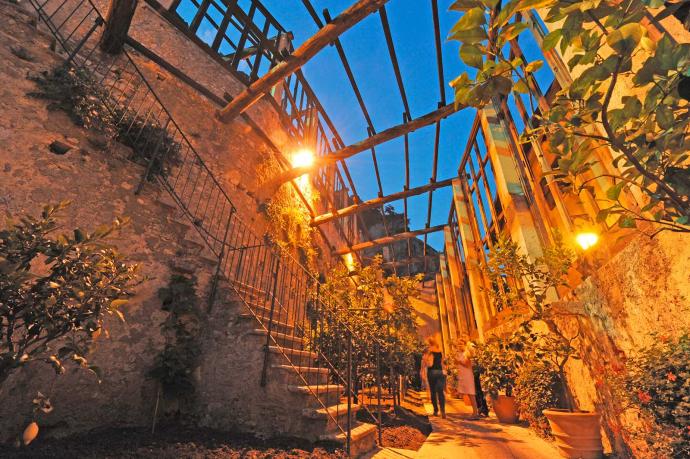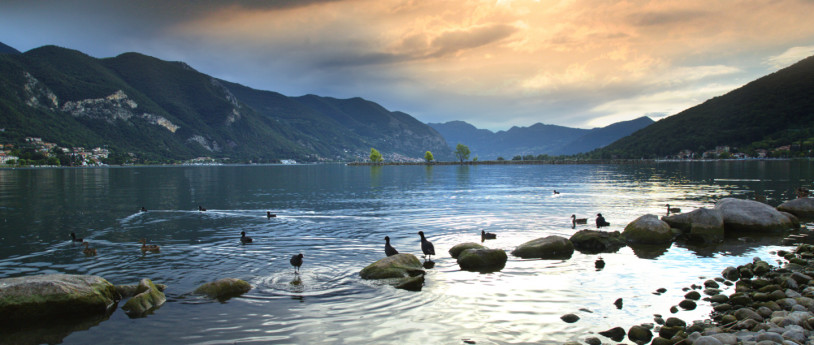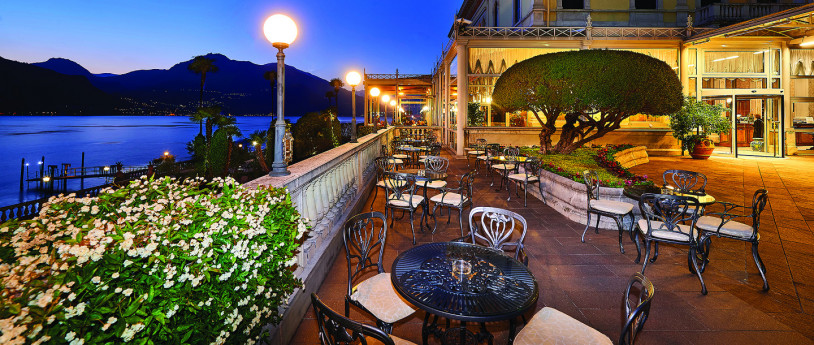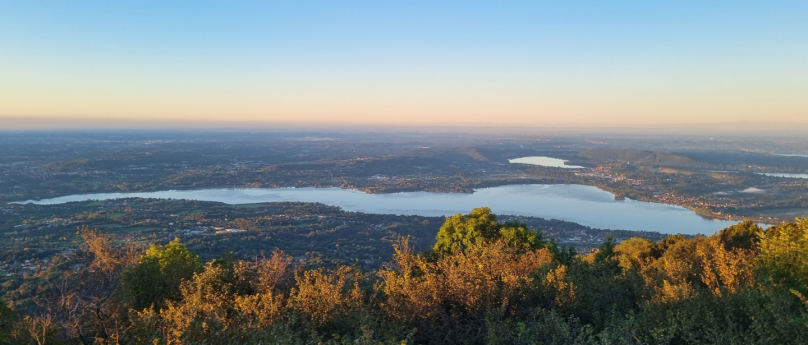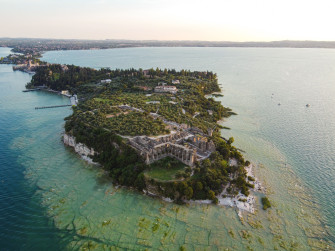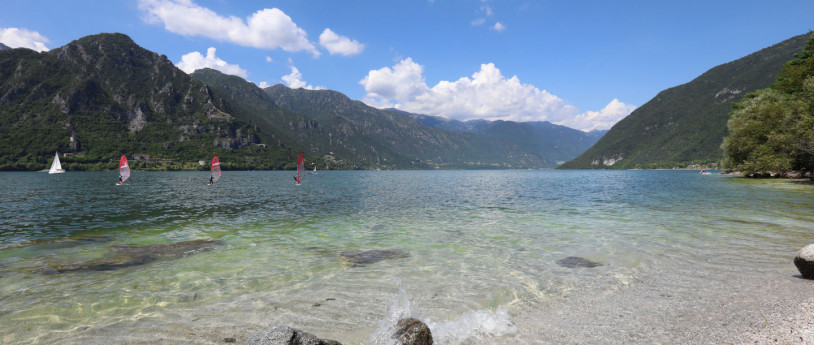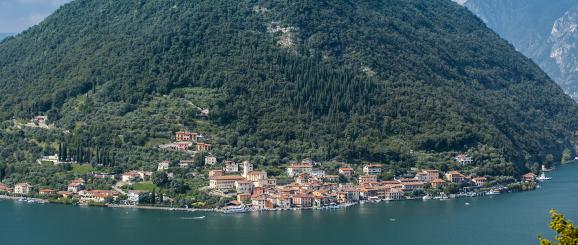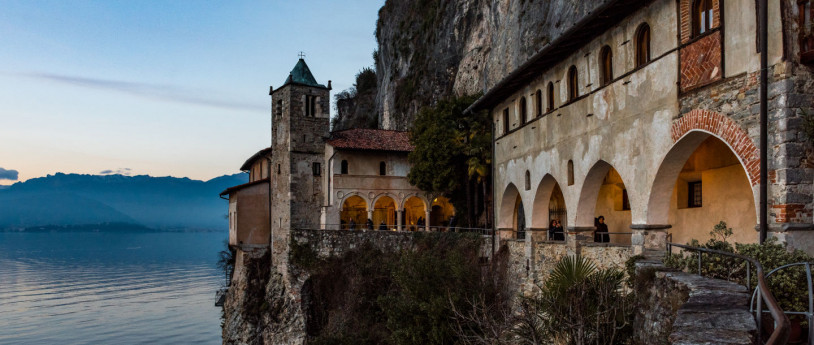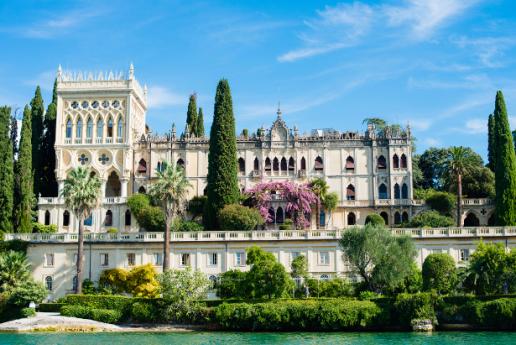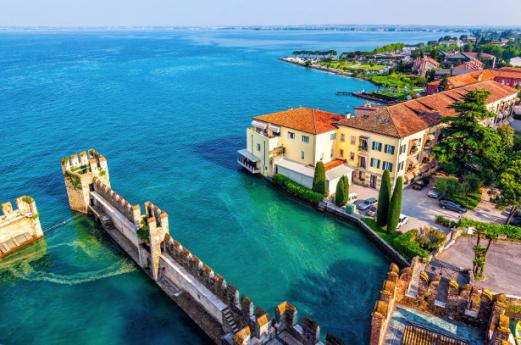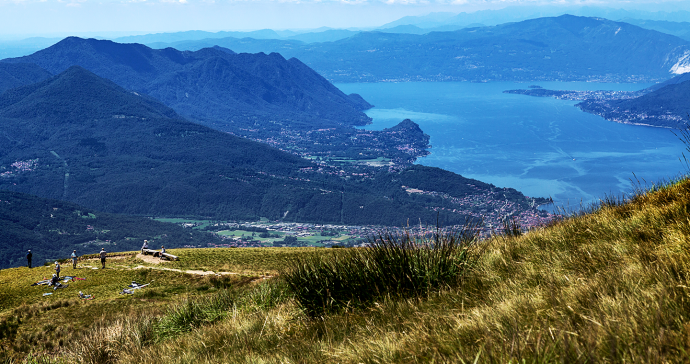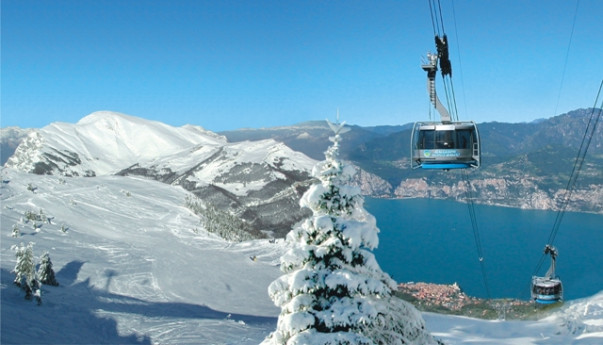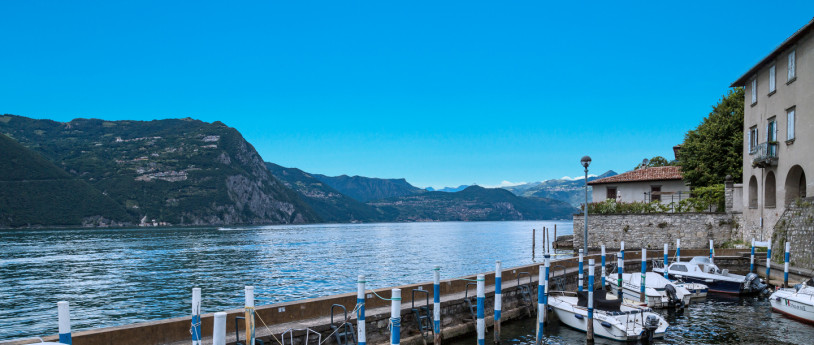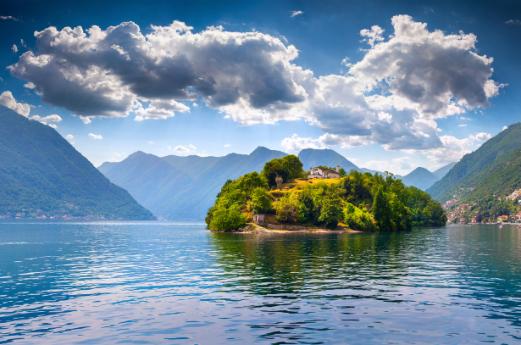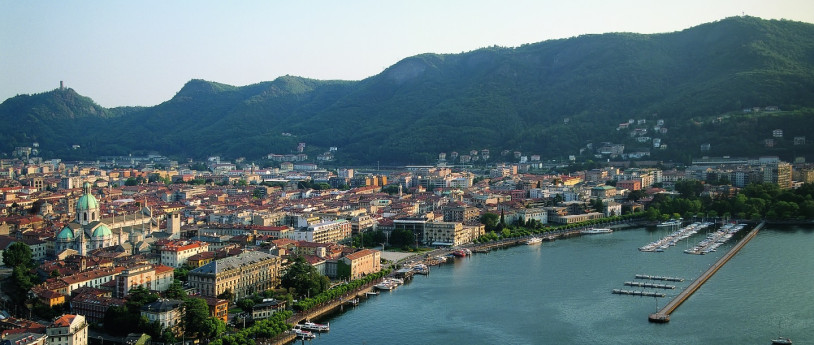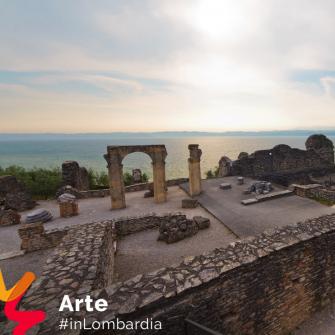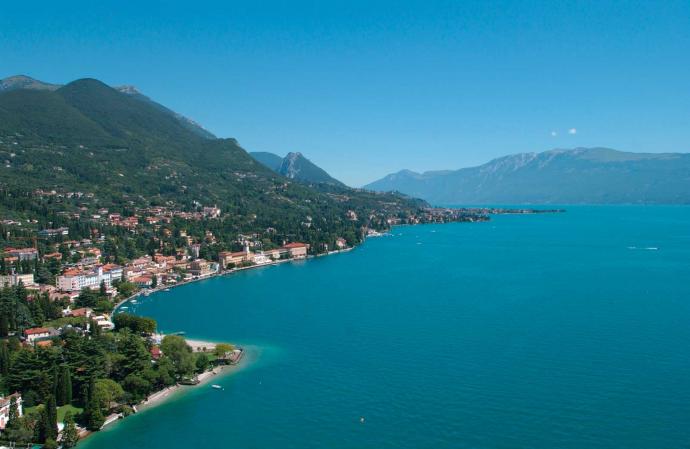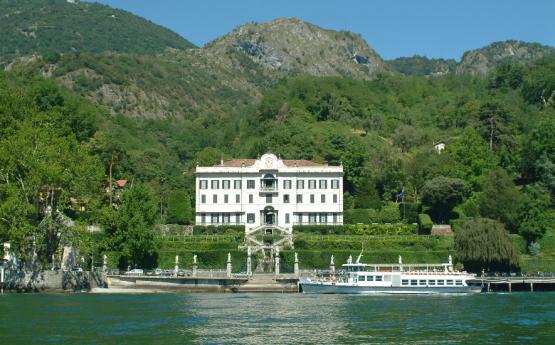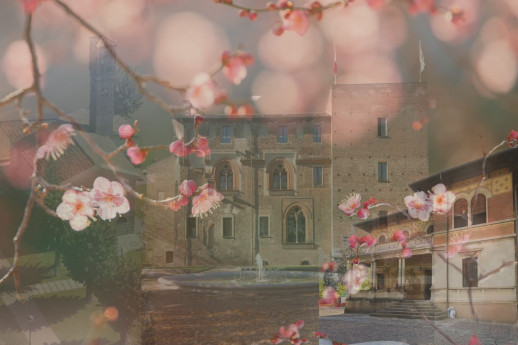- Lakes
- Art & Culture
- Active & Green
Lemon Groves and Olive Oil in Limone del Garda
Limone sul Garda is located on a narrow strip of land behind the high walls of rock to the north of Lake Garda.
In the past, its economy was based on fishing and the cultivation of olives and lemons (it is the northernmost place where citrus is grown). Even today we find traces of this agricultural economy in the pillars and walls of the lemon houses, the typical gardens where lemons are grown, and in the quaint fishing port.
Located in the historic centre of Limone, in a splendid position, the Limonaia del Castel is one of the oldest and most characteristic citrus gardens of Garda, with well-preserved architectural elements.
Dating back to the 18th-century , the Limonaia del Castel was restored by the municipal administration of Limone which purchased it in 1995 with the aim of protecting and enhancing the cultural heritage of the human intervention that transformed the landscape and environmental features of the site.
Both a valuable piece of history and tourist attraction, the Limonaia del Castel leans against the rock walls of Monte Sughera. It is a beautiful example of terracing with spectacular walls and pillars designed to cultivate citrus.
Easily accessible, behind the lakefront and the streets of Orti and Castello, it has a permanent educational centre and museum housed in a former "casello" (hut) used for the storage of tools.
The lemon house is situated in the park of Villa Boghi, a 20th-century mansion that currently serves as Limone's town hall. An exhibition area has been set up in the rear of the garden with panels that explain the history and characteristics of citrus fruits.
Olive oil (the other characteristic product of Limone del Garda and the rest of the Lake Garda area) has special organoleptic qualities thanks to the local climate, the soil and the variety of trees.
Particular attention is paid to the various olive picking and processing techniques. First of all, the olives are harvested exclusively by hand, using long ladders, while the olives are cold-pressed, in keeping with the centuries-old tradition, using two heavy granite millstones.
